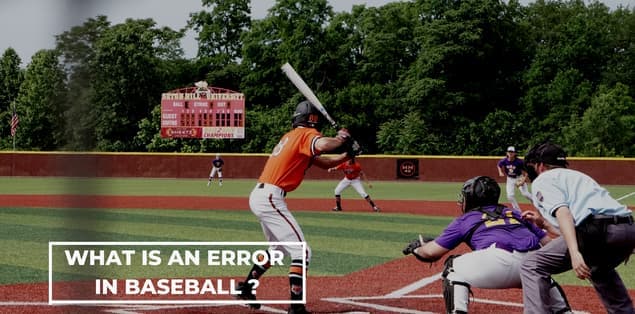So, what is an error in baseball? Baseball is rife with unforced errors. It is considered an error when a fielder makes a reasonable attempt but cannot make a play that the official scorer considers a playable opportunity. If your side makes a mistake, it may result in unearned runs, a runner getting an additional base on an outfielder’s errant throw, and more.
So, what kinds of errors do baseball players make? Do you know which positions on a field are most likely to commit mistakes throughout an entire season? Is there a situation in which an error call is not valid even if a fielder commits an error? For example, is a statistic that tracks a fielder’s success rate in getting outs on balls to hit them?
Here’s all you need to know about baseball errors.
What Are the Errors in Baseball?
There are several different ways in which errors may occur during baseball games. Some examples include a fielder in the outfield dropping a fly ball that was hit to them, a fielder in the infield letting a ground ball get between their legs, or even a catcher not stopping a pitch and allowing it to go to the backstop. The following are some mistakes that baseballers could make during a baseball game.
Throwing Error
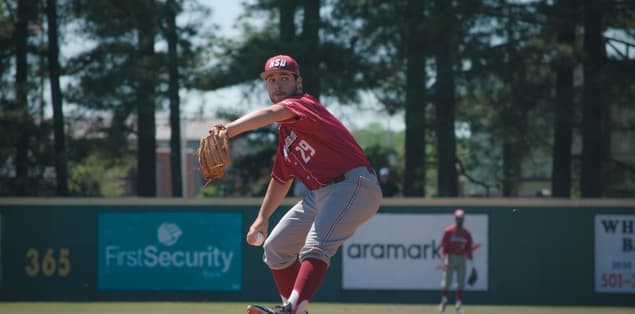
A baseball player can make a throwing mistake, whether in the infield or outfield. It is common for an infielder to commit a throwing mistake when attempting to hurry a throw to a base to get ahead of a runner. A fielder can make a throwing mistake at any base. However, a fielder who does not have a strong arm and is trying to hurry a throw to beat a runner headed to that base often causes this.
During a play, an outfielder also has the potential to commit a throwing mistake. It is very uncommon for an outfielder to attempt to throw the ball to home plate to record an out at that base, but instead, they will toss the ball over the catcher. When the baseball goes over the catcher and into the backstop, an error has occurred if this permits baserunners to advance due to a poor throw.
Tagging Error
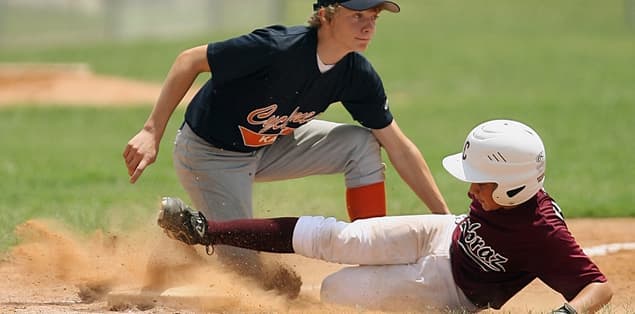
In most cases, a tagging error occurs when the catcher stations himself at home plate and a runner attempts to score on a play. In the most recent instance of this error, which occurred on September 11th, 2021, Gary Sanchez of the New York Yankees failed to put a tag on a runner who may have been out at the home plate if he had made it. Because of this error, the New York Mets scored a run, forcing the Yankees to resume pitching even though they should have gotten the third and final out then. Watch the error video here.
Fielding Error
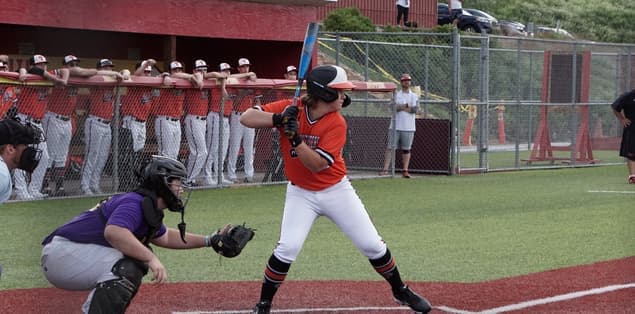
An infielder often commits a fielding mistake when they mishandle the ball while making a play and cannot get the baserunner off the base. Instead, take the second baseman as an example. Let’s imagine that a hard-hit ball is coming their way while the runner is trying to advance to first base. When the fielder mishandles the ball and cannot get it to first base in time to prevent the runner from scoring, this makes a fielding error.
Why Do They Count Errors in Baseball?
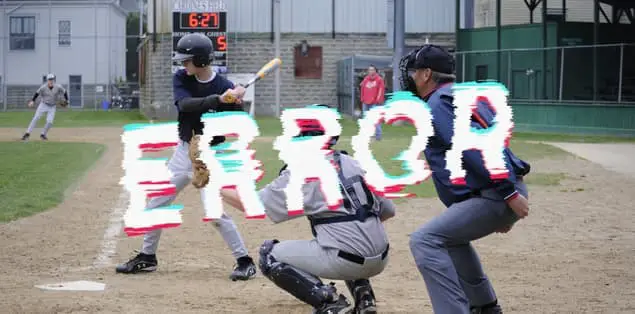
Because there are three outs in each inning, the offense can have a very productive inning if the defense fails to record an out on a particular play. For instance, the batter could face a situation where the bases are already loaded with just two outs remaining. Yet, they still manage to knock the ball to the third baseman.
As a result of the third baseman’s errant throw, the runner on third base was able to score. However, the other runners could advance on the play and perhaps score. What ought to have been the last out of an inning transforms into numerous runs scored by the offense.
Errors don’t always result in the opposition scoring a run. However, they may still increase the number of pitches a pitcher has to throw a game throughout. Grounders to shortstops, for example, maybe the twenty-first pitch delivered by a pitcher in an inning. The inning should have been over since the shortstop should have made a routine throw to first base to conclude the play.
The batter reached first base unharmed because the shortstop’s throw to first base wasn’t very good, allowing the runner to score. So, for example, suppose there is a restriction on the number of pitches a pitcher can throw in a game. In that case, this may indicate that the pitcher will have less flexibility in the remaining innings of the match. If there is a limit, the pitcher must throw more pitches to get the side out.
Lastly, making mistakes may also put mental pressure on a team. Fielding mistakes committed on a play that should have resulted in a double play may be detrimental to a team. That results in just one out being recorded instead of the expected two. So, for example, suppose you are still thinking about the mistake when entering the batter’s box. In that case, you will find it difficult to hit the ball because you will be preoccupied with letting your team down by making the error.
How Do You Score Errors in Baseball?
You can score an error in any may if you can make the batter waste more time—anything you do to waste their time counts as an error.
What Counts as an Error for a Pitcher?
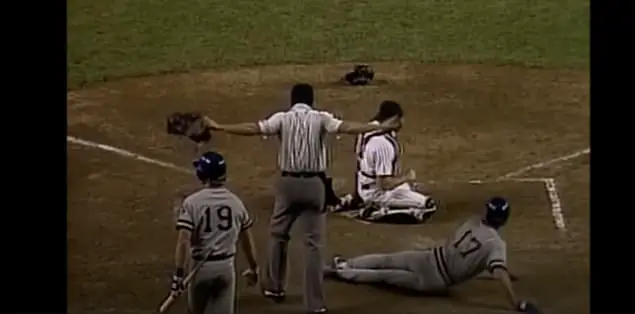
The pitcher can make an error on a play throughout the game. One scenario in which this may occur is if the batter knocks the ball toward the pitcher, but the pitcher then messes up the throw to the base. If the scorer considered the play conventional to make them out with a routine throw to the fielder, the scorer would charge the pitcher with an error.
Another instance of a pitcher making a mistake is when they try to pick a runner off first base. For example, suppose a runner is already in scoring position. In that case, the pitcher might attempt to get him out by throwing to first base. So, for example, suppose the throw is off-target, and the baserunner advances one base due to the throw. In that case, the pitcher is responsible for the mistake.
Lastly, an error may occur if the pitcher hits an umpire with the ball, which then causes the ball to bounce into the umpire. If the ball bounces into an umpire and then escapes their grasp as a baserunner advances due to the play, they will commit an error.
What Does Not Count as an Error in Baseball?
It is up to the discretion of the person keeping the official score to decide whether or not a particular play constitutes an error. These judges will take into account a variety of criteria, including whether or not the sunlight was in the face of a fielder and whether or not the baseball was driven too fast at a fielder to the point where the fielder may not have had enough time to react to make the play.
Even though it could seem a mistake, the batter is awarded a hit for the play since the defense could not prevent the error from occurring.
A play that results in a passed ball or a wild pitch is another example of a play that does not constitute an error. It is only possible to record a passed ball or wild pitch as that particular stat line; they do not consider an error on a play.
On a foul ball, another instance in which there is no mistake, the play continues as normal. If a fielder makes a mistake and drops a pop-up that is in fair territory, they do not consider the play an error. It is only possible for errors while somebody is playing the ball, not during a foul.
What Is an Unforced Error in Baseball?
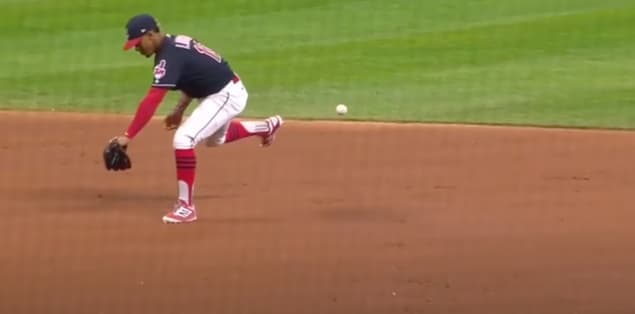
An unforced error is simply a mistake that a baseball player commits unknowingly.
What Causes Errors in Baseball?
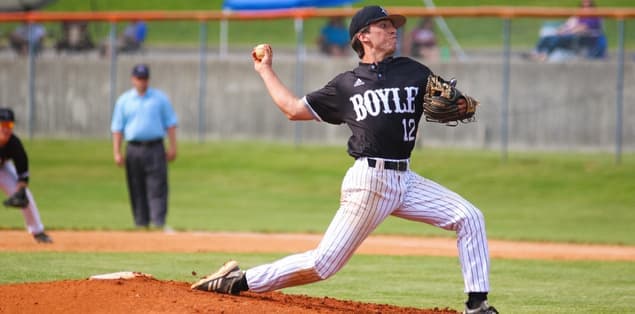
There are a variety of factors that might contribute to errors occurring during baseball games. One of the reasons behind this is that the fielder could not make a good throw to a base while a play was going on.
The fielder could have thrown the ball with more force and speed than normal because he anticipated that a fast runner would be rushing first. However, the ball ended up going over his glove anyhow. Suppose the runner on first base hits the ball, and it gets into the spectator area. In that case, the runner will advance to second base automatically.
The inability of an outfielder to maintain the ball in their glove while attempting to catch it is another factor contributing to mistakes in the field. It is fairly rare for an outfielder to drop the ball as they prepare to catch and throw it, resulting in an error.
Last but not least, while fielding a ground ball, infielders run the risk of having the ball go between their legs. In some situations, a fielder could expect a high bounce to come their way, but it doesn’t always work out that way. Therefore, the team will record an error if the fielder cannot respond appropriately to the play and the ball can get past them.
Final Words – What Is an Error in Baseball?
Errors are a natural and expected part of the game of baseball. The fact that even some of the finest defenders make errors while throwing, tagging, or catching makes the game very enjoyable. Because of this, there is no such thing as a sure thing in the game; anything may go wrong, even a simple grounder. Such a wild throw will count as an error if you wild throw a ball.
An accurately thrown ball permits you to trick the batter.
During the next baseball game, you watch, pay attention to the scoreboard and locate the column labeled “E.” After a mistake on the field, go to this column to find out how the official scorer rated it.
